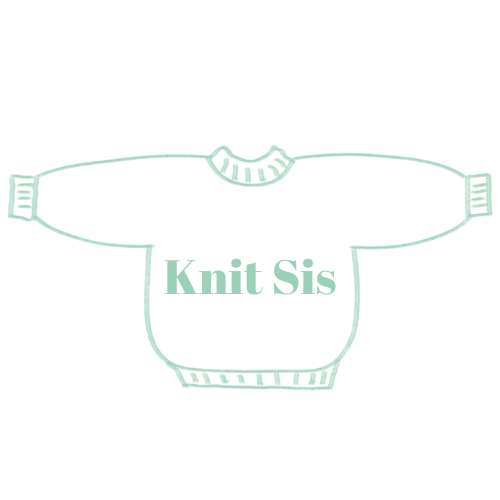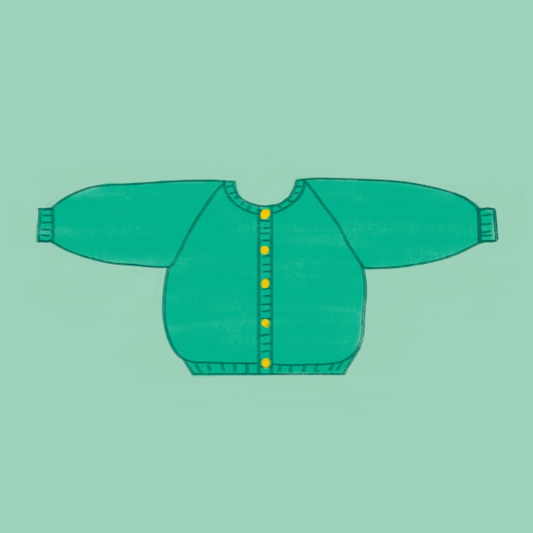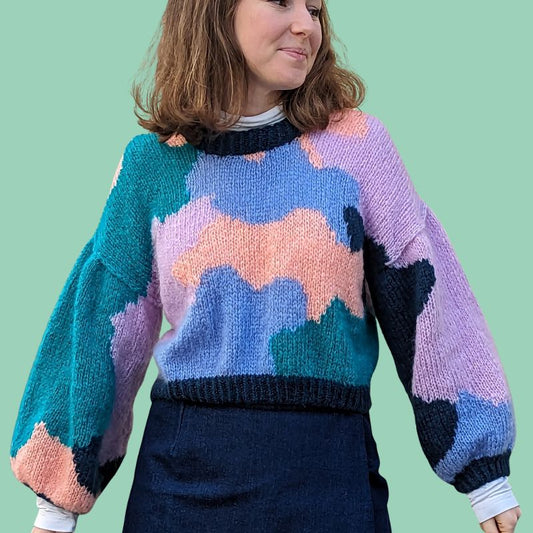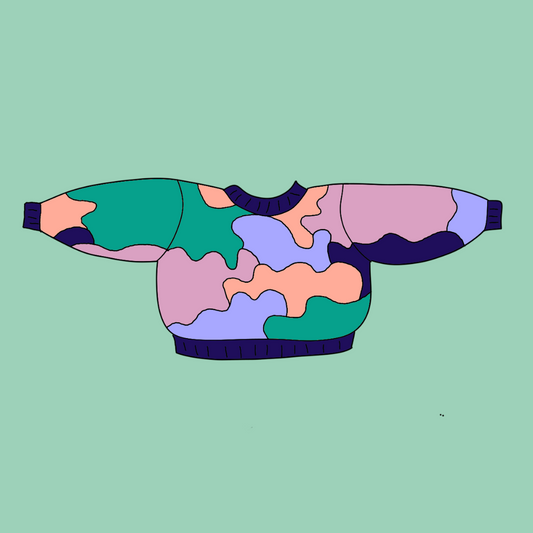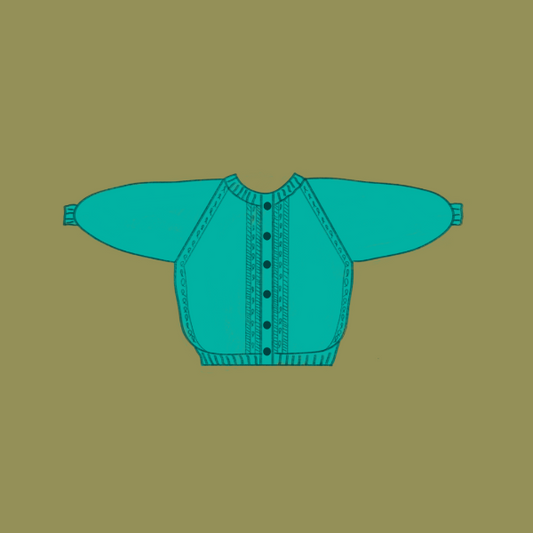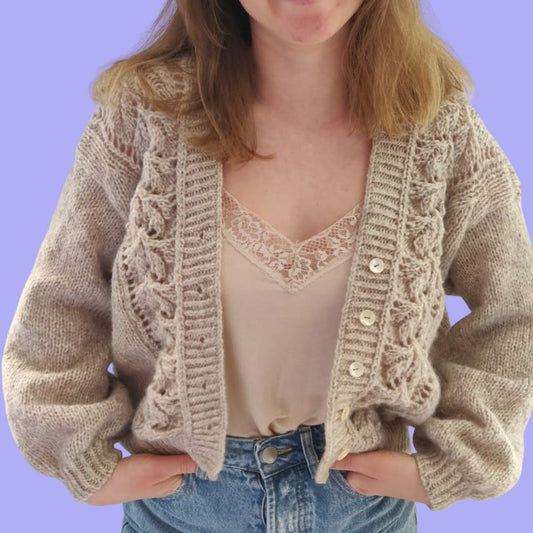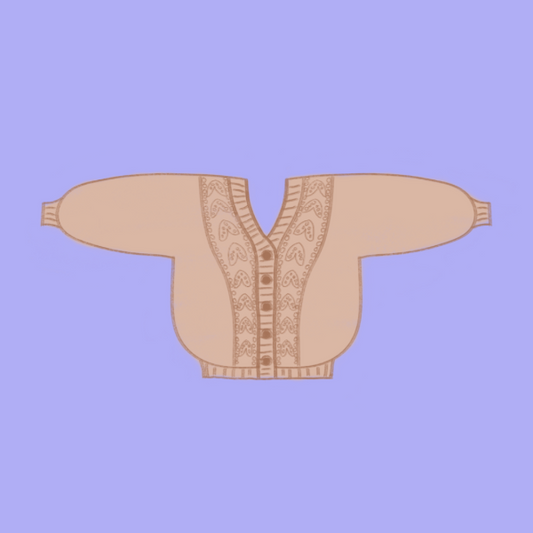Mastering the Art of Color Changes in Knitting: From Beginner to Expert
Knit SisShare
Introduction
We all remember that favorite sweater from our childhood with a big multi-colored man or patterns in all directions that instantly made us smile. Color changes in knitting have the power to transform a simple piece into a unique piece full of personality. Now that garter stitch, jersey and increases / decreases no longer hold any secrets for you, it's time to discover how to reproduce these beloved sweaters.
But how do you go from monochrome knitting to multi-colored creations without getting lost in a maze of yarns? The goal of this article is to guide you step by step to achieve impeccable color changes and create increasingly complex patterns, but above all to FINALLY be able to put colors around your projects
Why change color?
- Patterns: Classic stripes, elaborate jacquards, graphic intarsias... The possibilities are endless to create original and personalized patterns.
- Textures : By alternating wools of different thicknesses or compositions, you can create very interesting relief effects and texture contrasts.
- Personalization : Adapt a model to your style by choosing colors that suit you. A basic sweater can thus become a unique piece and 100% in your image
Techniques for changing color
- Change color at the end of the row:
The easiest way to create stripes. Simply cut one thread and insert a new one at the beginning of the next row.
This will be an ideal technique to approach your first color changes and it is in particular what we use for our Strippie sweater

- The Jacquard:
Jacquard is a technique that involves knitting several colors simultaneously using threads that cross over each other on the back of the work. The patterns are often regular and repeat across the entire surface of the project.
The idea with Jacquard is that all the threads follow to the back of the work and are “floated” or floating. You can find a certain regularity and the pattern gives an additional rigidity to the project
This is the technique we use for our Mon Amour and Tulipe sleeveless sweaters.

- Intarsia :
Intarsia allows you to create raised patterns by isolating each color in a specific area. The different colors will not be present on the entire project but only on the areas where the color will intervene. I'm adding small tutorials right here on this technique
View this post on InstagramA post shared by Knit Sis | Knitwear Design & Pattern 🧶 (@knitterssisters)
View this post on InstagramA post shared by Knit Sis | Knitwear Design & Pattern 🧶 (@knitterssisters)
We love this technique, especially for our Spashie or Mondrian sweater and for all the new products that are coming soon
- The fair isle:
Fair Isle is a variation of jacquard, often used to create geometric and colorful patterns. This technique is less well known, but we'll have to try it at some point.
“Expert” advice (yeah yeah we’re showing off) for successful color changes
Choosing the right colors : (then it remains a question of taste, not judgment)
We can start with the color wheel: This is the basic advice, but honestly I don't know if I'm super convinced. In general, I choose the colors that I find "vibe" well together. Or I look at color combinations suggested in fashion magazines that I (my big sister) find on Pinterest. I'll put some examples just below
Managing the yarn: At each row, reorganize your balls (or get a yarn organizer, I've never tried it yet so I'd appreciate your feedback) This is the big problem with color changes (I'm talking here especially for intarsia and jacquard); if you don't want your balls to get tangled, at each row put everything back in the right order. I think it makes the knitting experience more enjoyable too
Counting your rows / following your grid: Depending on the pattern you are making, it may be necessary to follow the progression on the grid. If the latter is printed, you can directly cross out the knitted rows as you go along, and if not, get a classic row counter and count each row so that you can easily refer to the grid.
Create small balls/spools: Never tried making spools yet, but I am a big fan of small balls. It allows you to get tangled less and therefore untangle more easily and that is priceless
Conclusion
You may have noticed but with Louise, color and therefore color changes are a way of experiencing knitting! It's hard for us to do without it, so we hope that with this article it will make you want to get started with us!
Tell us in the comments what you will try first and don't hesitate to take a little look at our selection of patterns
